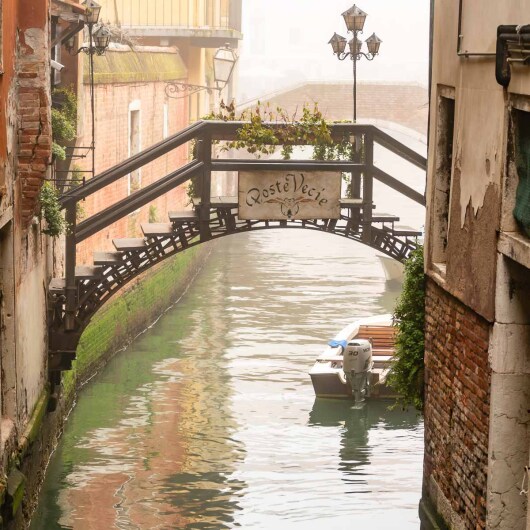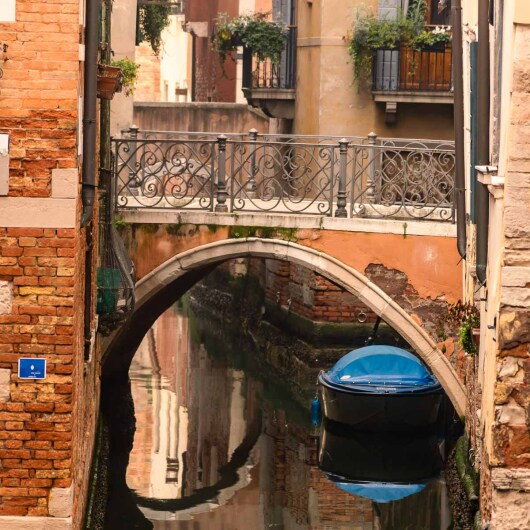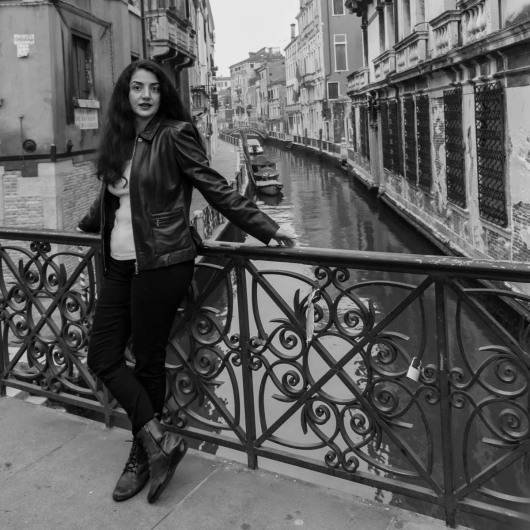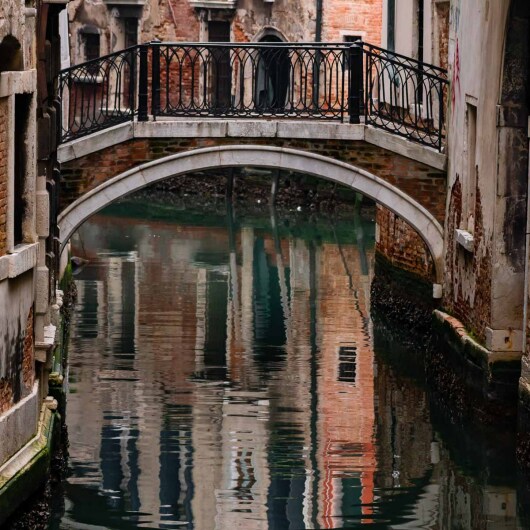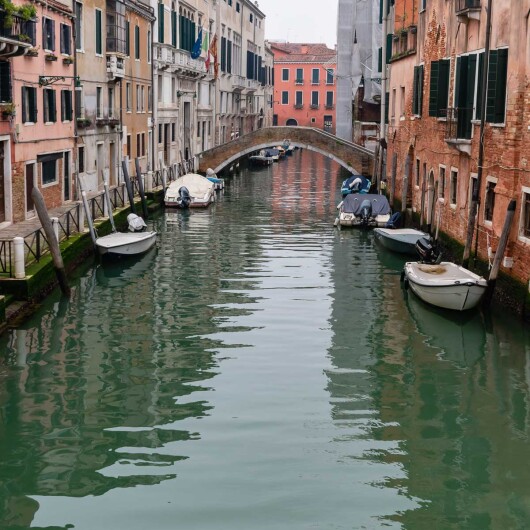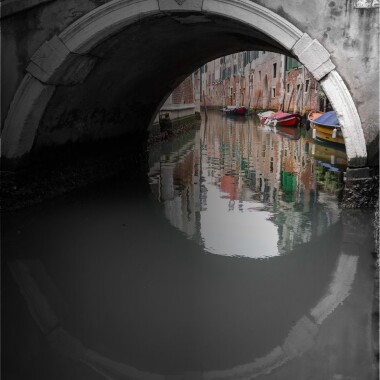Bridges of Venice
Venice's Labyrinth of Stone: A Journey Across the City of Bridges
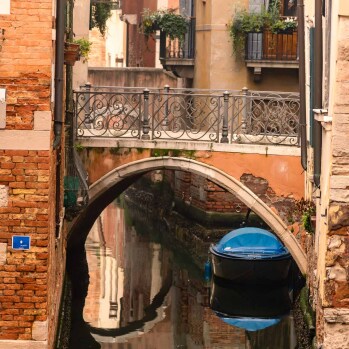
Venice Walks on Water
Venice is a city with over 400 bridges connecting 118 islands across its sparkling lagoon. The city, which may be reached by plane, rail, or cruise ship, is best visited on foot—there are no vehicles or bikes, only stairs across stone bridges.
Each bridge serves as both a passage and a perspective, adding to the charm with each crossing.
Bridges Born of Necessity
Venice's bridges date back to its beginnings, with modest wooden crossings evolving into renowned stone arches as the city expanded. Built for protection, trade, and communication, they adapted to boat traffic with arched structures such as the Rialto.
Today, they define the city's character by providing the only passage across its canals and representing Venice's distinct, water-bound identity.
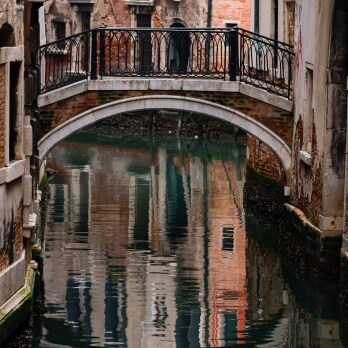
Venice’s Living Linkways
Venice's enormous network of pedestrian bridges is its lifeblood, essential to daily life. Each bridge provides a unique view, from bustling markets on the Rialto to quiet, hidden canals.
This constant interplay of water, stone, and light produces a captivating visual tapestry that immerses visitors in the city's ageless rhythm and beautiful Venetian culture.
Perfect Bridge Moments
Early mornings, with soft light and tranquil streets, provide the greatest views of Venice's bridges, as do late afternoons with warm golden hues.
Spring and fall have milder weather and less crowds, but winter's fog adds mystique. Summers are hectic and hot, but lively.
Each season creates a unique and fascinating bridge experience.
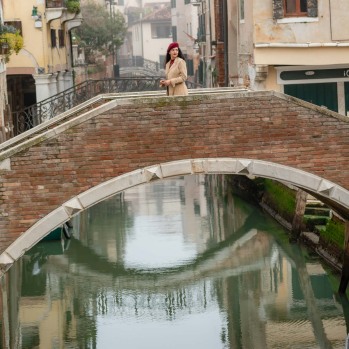
Tips For Visit
Wear sturdy, non-slip shoes for uneven, slippery steps and long walks. Respect the residents by minimizing noise and avoiding obstructing tiny bridges. Carry a reliable map and be prepared to get lost, but be familiar with essential sites.
Check tidal forecasts to minimize flooding (acqua alta), and pack waterproof boots if necessary.
Keep hydrated with refillable bottles from city fountains.
Venice Beyond Bridges
Venice's bridges link you to famous landmarks such as St. Mark's Square, Rialto Market, and La Fenice Opera House. Discover distinct neighborhoods, secret churches, artisan boutiques, and bustling wine bars. Enjoy canal rides, bustling markets, and a variety of food options. Don't miss the quiet parks and gardens that are sprinkled across this wonderful city. Each step exposes a fresh Venetian gem.
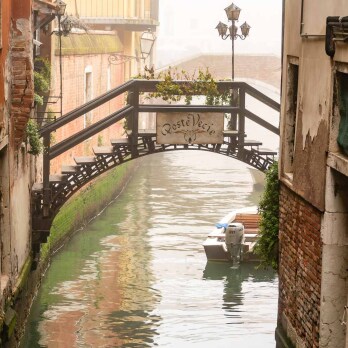
Bridge Legends
Venice's bridges are full of legends: the Bridge of Sighs, where captives sobbed at their final glimpse of freedom; the Devil's Bridge on Torcello, thought to have been erected overnight by the devil; and the Rialto Bridge's renowned solidity, ensured by its courageous engineer.
Many bridges are haunted, adding to their mystery.
Venice’s Artistic Bridges
Venice's bridges have inspired innumerable painters of all disciplines.
Canaletto painted them as famous views, while Shakespeare and Donna Leon used them as symbolic settings. Films frequently highlight their romantic and mysterious attraction.
Bridges also dominate Venetian photography and evoke the city's distinct atmosphere in music and opera, earning them cultural status.

Is It Worthy?
Crossing Venice's public bridges is absolutely free—they are the city's primary walkways. While expenses include travel, lodging, food, and attractions, walking over Venice's bridges is priceless. This one-of-a-kind network takes visitors on an immersive, sensory trip through the city's charm, making every step across these ancient bridges worthwhile.
Accessibility
Venice's bridges provide a magnificent maze for families and children, but stroller use is practically impossible; infant carriers are preferable. Children must be properly watched around waterways. Uneven steps and high bridges are difficult for the elderly to negotiate. While there are some ramps and accessible paths in Venice, truly visiting the city takes careful preparation and reasonable mobility expectations.







